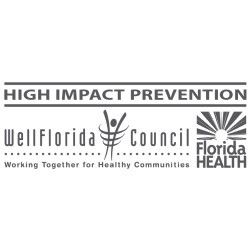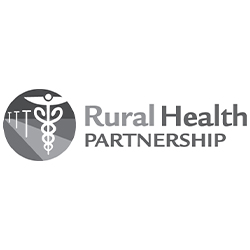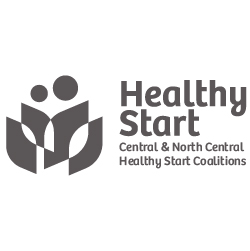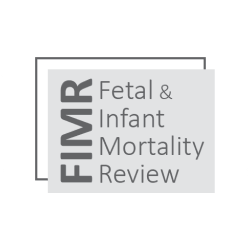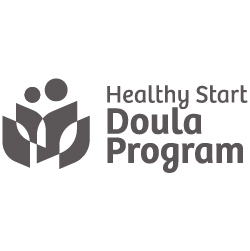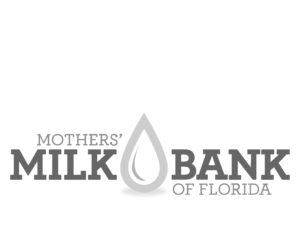Reports show hope, concerns for health of Florida kids
Gainesville Sun
By Christopher Curry
A pair of reports released this week revealed promising signs and continued areas of concern for the health and welfare of Florida’s children.
The Annie E. Casey Foundation’s annual Kids Count report ranked Florida 37th of the 50 states for the overall well-being of children, a measure that looks at economic status, education, health and family and community stability.
In the report, the state’s best ranking was 27th out of the 50 states for education. Its worst showing was economic status, where Florida was 45th out of the 50 states.
But the report showed the state has made strides in decreasing the percentage of children without health insurance, death rates for children and teens and low-birthweight babies.
Also released this week, the Florida Department of Health’s 2014 Vital Statistics Report showed an overall decrease in the infant mortality rate but small increases in mortality rates for Hispanic and African-American babies.
The Kids Count report said low-income families face “significant daily obstacles” because of their financial status.
A “family-supporting job,” combined with paid time off to spend with family and access to quality child and health care, are key to advancing working families with small children, rather than low-paying jobs with irregular hours and few, if any, benefits, the report said.
Against that backdrop, the report showed some less-than-rosy economic realities for the state.
In 2013, Florida was moderately worse than the national average for children in poverty (24 percent, compared with[a] 22 percent nationally); children whose parents lack secure employment (33 percent, compared with 31 percent) and the percentage of teens not working or in school (nine percent, compared with eight).
There was a more significant gap between Florida and the national average for the percentage of children living in a household where the cost of housing is a high financial burden.The state average was 42 percent and the national average was 36 percent.
The University of Florida College of Medicine’s Dr. Nancy Hardt, a local children’s health advocate, said those challenging socioeconomic conditions often mean a lack of access to quality health care and and lead to poor health outcomes.
She pointed to the situation in the apartments along Southwest 20th Avenue east of Tower Road before the health department opened a clinic there. To get to the east Gainesville clinic, families and children faced a 90 minute, one-way trip that took three buses.
But there were some encouraging signs in the Kids Count report. While the percentage of children without health insurance in 2013 was above the national average, 11 percent compared with seven percent, it decreased from the 2008 level of 18 percent.
Child and teen deaths and the low-weight birth rate also declined during the five year span.
The Florida Department of Health’s 2014 report showed the overall infant mortality rate inched down from 6.1 infant deaths per 1,000 births in 2013 to six. The rate for Hispanic babies, while below the statewide average, increased from 4.4 to 4.9 for every 1,000 births. The rate for black babies, on the other hand, was significantly above state average and on the rise — going from 10.6 to 11 for every 1,000 births.
“In general, the Hispanic and black populations have higher percentages of women who get late prenatal care or none at all and that could be leading to these infant mortality rate differences,” said Jeff Feller, chief executive officer of the WellFlorida Council, which tracks health issues in a 16-county region, including Alachua County.
Florida Department of Health officials said in a statement that the agency is launching a new initiative called “Florida’s Healthy Babies” to address health disparities, such as infant mortality rates among different ethnicities.
Florida Department of Health in Alachua County Administrator Paul Myers said he did not yet have details on that initiative but noted that the vast majority of families enrolled in the Women, Infants, and Children (WIC) program, which provides nutritional assessments and education, supplemental food, breastfeeding advice and other services to low-income pregnant women, mothers, infants and children, are minorities.
“It is a constant issue,” he said. “Infant mortality and healthy babies are two things we are constantly trying to address.”
Read the article online.
http://www.gainesville.com/article/20150723/ARTICLES/150729844/0/search?p=1&tc=pg

